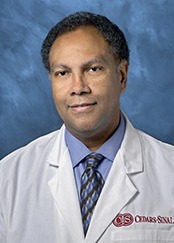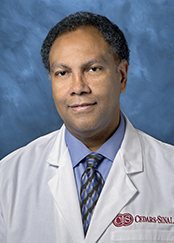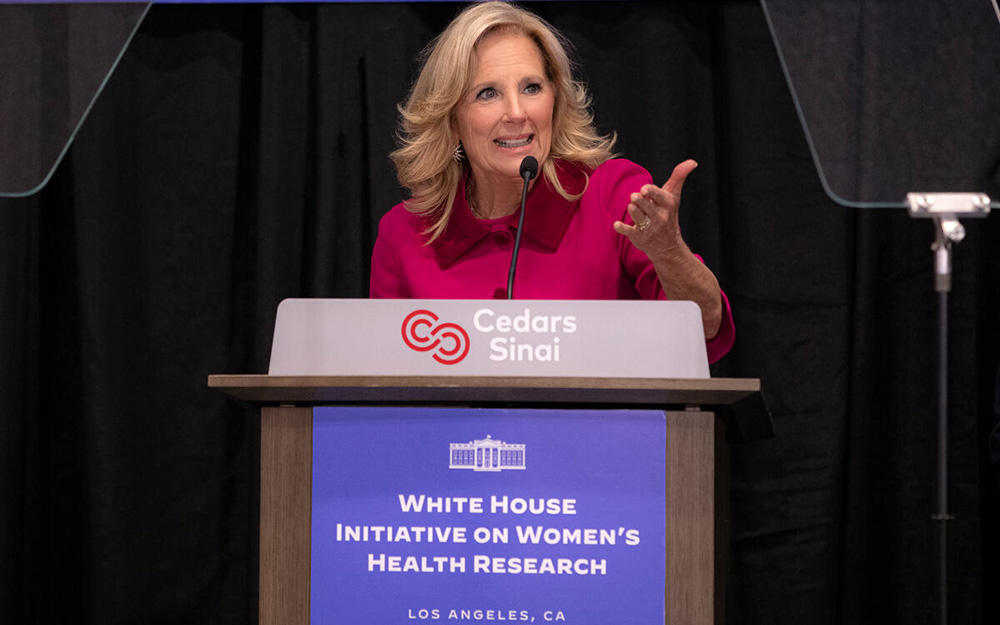Five Things We Know About the Placenta and a Few We Wish We Did
Date
February 12, 2021
Credits

Date
February 12, 2021
Credits
Medical providers featured in this article


In Brief
{{cta-block}}
Every person, early in their existence, depended on the placenta to live. The placenta determines how fetuses eat, breathe and are protected from disease. It does the work of the lungs, kidneys, digestive tract and immune system while the baby builds its own biologic systems. It also acts as a kind of control center for a pregnancy, regulating the many functions that must flow smoothly to result in a healthy baby born to a healthy mom.
The placenta is one of the human body's most important organs (yes, it's an organ, more on that later)—and yet, it's one of the least understood.

"There's a lot we don't know about the placenta and its functions," says John Williams III, MD, director of the Reproductive Genetics Service. “It's probably one of the least studied organs."
Williams is one of the Cedars-Sinai investigators studying gene expression in the placenta, important translational science still in its infancy. He and his colleagues hope that better understanding of this unique organ will provide vital clues to preventing diseases that affect pregnant women and their developing children.
Here are a few fascinating facts about the placenta—and some questions scientists still hope to answer.
What We Know
The Starter Kit. At the beginning of a pregnancy, a clump of cells called a blastocyst implants in the wall of the uterus. This tiny package contains about 120 cells. Of those, about 40 ultimately form the fetus. The rest, about two-thirds, become the placenta and membranes that protect and feed the growing offspring.
A Team Effort. The placenta is a joint project between mother and child. Both contribute cells to form the organ, a disk that usually measures around 8 inches in diameter and weighs about a pound by the time a baby is born. The fetal side is smooth and glistening, with a pronounced network of branching blood vessels, sometimes nicknamed the tree of life. The mother's side is usually rough and bumpy.
Separate Circulation. One of the placenta’s main functions is to serve as the interface between the mother's and fetus's bloodstreams. Nutrients and oxygen from the mother's blood pass into the baby's bloodstream through the placenta. Meanwhile, the baby excretes carbon dioxide and waste products through the umbilical blood vessels. But the blood of the fetus and the blood of the mother never meet. The placenta handles the exchange.
Serious Remodeling. The placenta doesn't simply rest along the wall of the uterus. Tiny hair-like structures called villi nestle into the uterine tissue to hold the organ in place. Other villi burrow through the lining into the mother’s blood vessels, opening them up. This remodeling changes the blood vessels from a high resistance system—high pressure with firm, muscular walls—to a low-resistance system in order to facilitate blood flow from the mother to the placenta.
Crucial Hormones. In addition to all its other functions, the placenta is an endocrine gland, producing important hormones that aid the mother's body during pregnancy, prepare it for milk production and, according to some studies, even prime the infant brain for maintaining development.
What We Don't Know
What Role Does the Placenta Play in Preeclampsia? Preeclampsia—severe high blood pressure that occurs in some women—is one of the most common and serious pregnancy complications, affecting up to 7% of births and causing 15% of premature births in the U.S. Many scientists are investigating mechanisms that might cause it.

Williams says it's likely that a process goes awry when the placenta implants into the uterine lining and remodels the mother's blood vessels. S. Ananth Karumanchi, MD, director of Nephrology and the Medallion Chair in Vascular Biology, has published several studies on the role that a protein called soluble FLT plays in the condition. FLT binds like glue to other proteins, preventing them from nourishing the cells lining the mother’s blood vessels and preventing the mother from repairing damage to the vessels.
Williams and Margareta Pisarska, MD, director of Reproductive Endocrinology and Fertility, are building a robust database through chorionic villus sampling, a prenatal test that detects birth defects and genetic diseases. Some donors have given samples following genetic testing and also following delivery.

Mothers also donate blood, urine and saliva samples, and saliva samples are collected from fathers who are willing to participate.
This tissue bank is a rich trove of data that's still being mined. One possibility that excites Williams: Preliminary data suggests that microRNA, molecules that help regulate how genes are expressed, seems to behave differently in women who have had preeclampsia.
What Can It Teach Us About How Organs Interact With the Immune System? How does the placenta escape being attacked by the mother's immune system?
"If you understand that, you could solve many problems of organ transplantation,” Karumanchi says.
He and his colleagues are studying proteins produced by the placenta and their role in abating the immune system. His hope is that these findings will eventually lead to better treatments for preventing rejection in transplant patients.
Pisarska is also studying how the placenta may help determine how differences in the immune system lead to differences in development of autoimmune disorders as adults.
Why Does it Function Well In Some Women But Not In Others? For most women, the placenta is robust and functions beautifully. In others, it is underdeveloped—restricting the baby's growth and increasing risk for developmental delays, cerebral palsy and other serious complications, even death.
Colloquially, the placenta is often called "afterbirth," and to most it's little more than medical waste once a baby is born.
For scientists, it remains an important frontier—a transient organ that can influence the health of a family long after its primary job is done.





